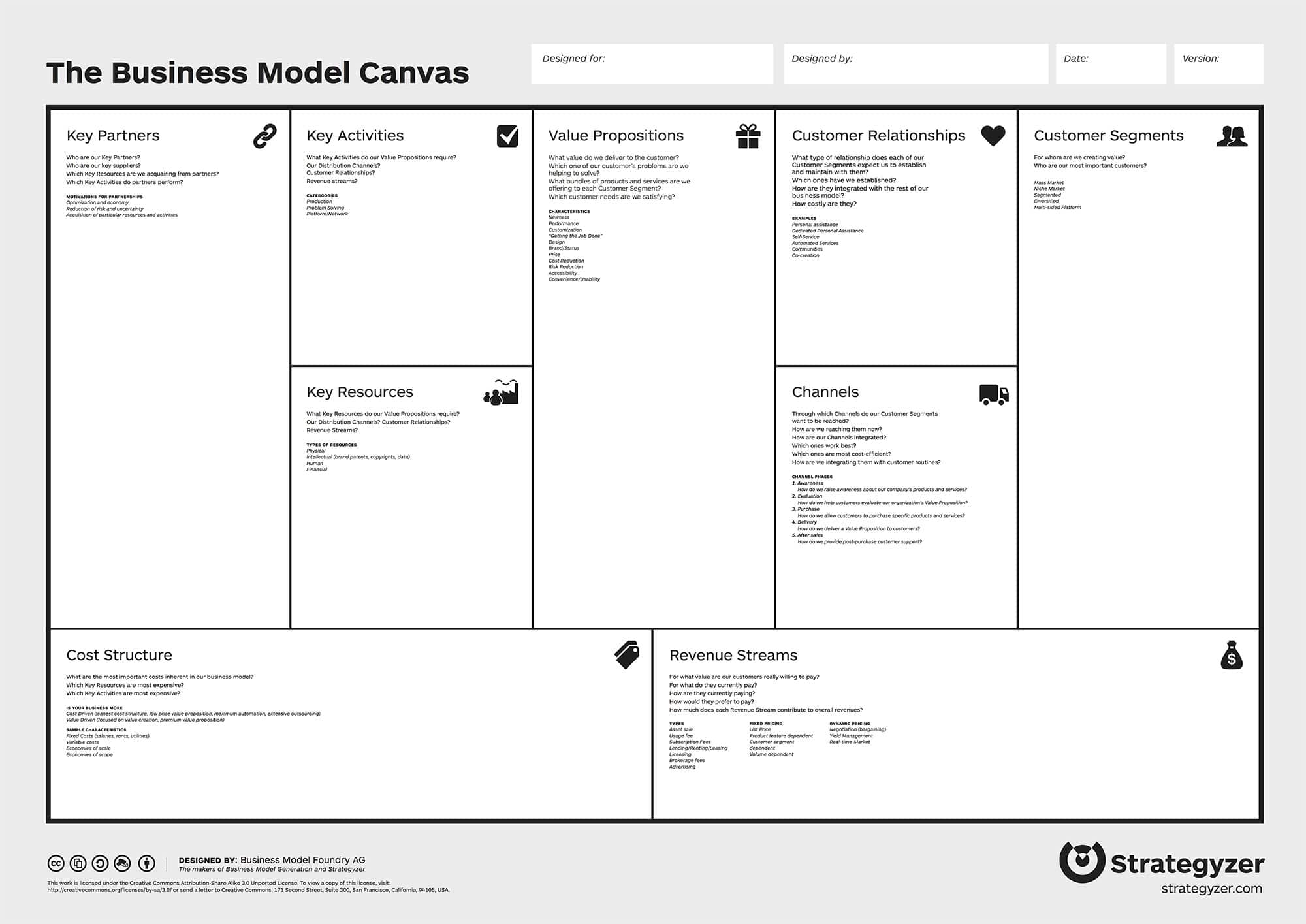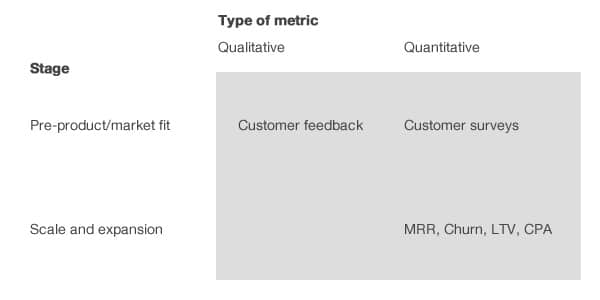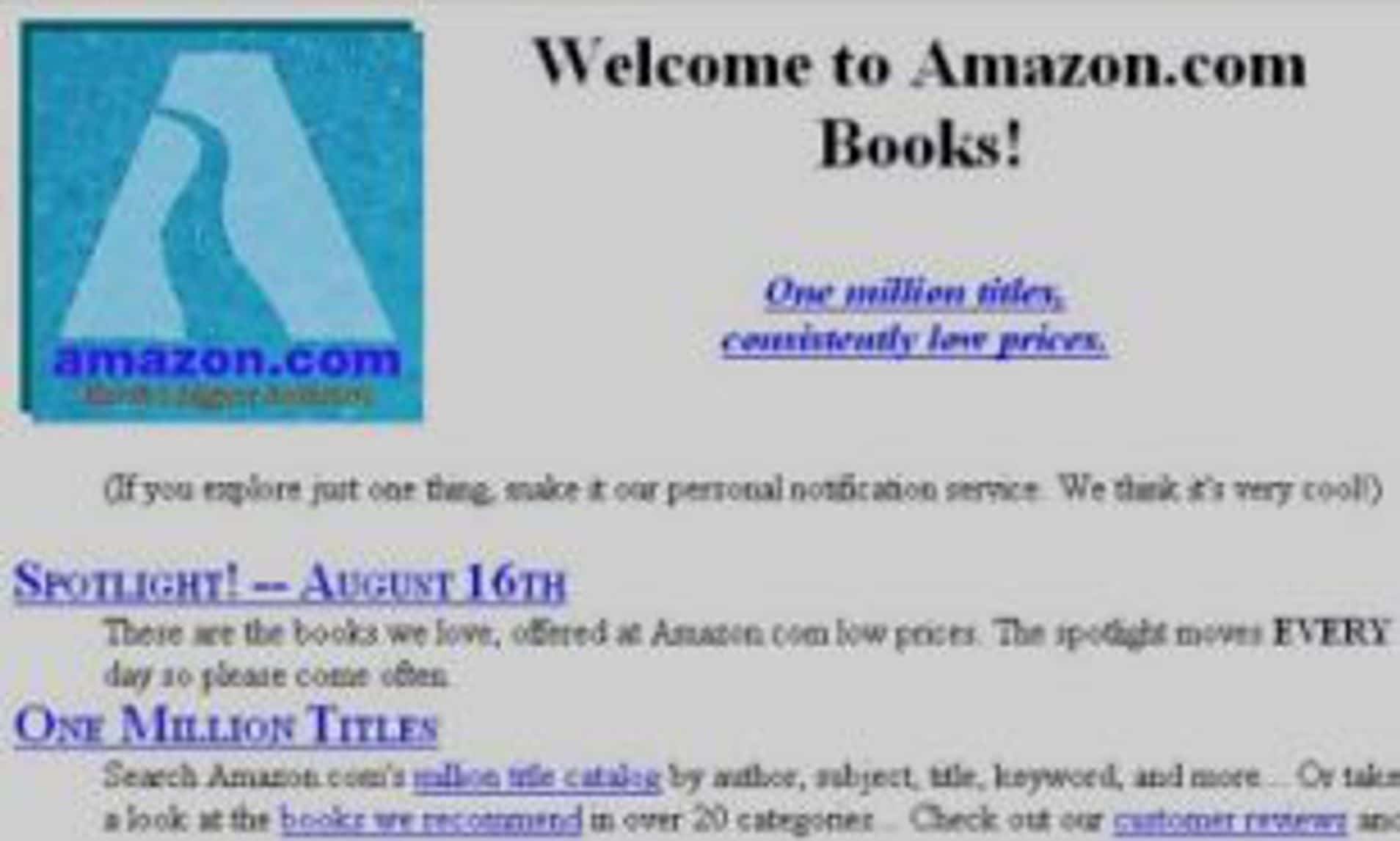Digitalisation “how to”: create, evaluate and manage digital value (2/6)
Our previous article on digitalisation ended with:
“[…] We think that a company’s readiness and attitude towards innovation are essential. And if it all comes down to delivering value for stakeholders […], then continuous exploration and advancement are essential.”
Since creating value is highly important in digitalisation projects, let’s have a look at how value is created, assessed and steered.
1. Where does digitalisation create value?
Your current business can create value in many ways (such as, but not restricted to):
- have a superior service or product,
- that’s made with better employees/partners,
- at lower cost / higher margins than the competition,
- delivered quicker / at a better price / through more sales channels,
- and/or monetised through the most appropriate payment methods.
These and more areas of competitive advantages have been mapped into a neat Business Model Canvas (by Alexander Osterwalder / Strategyzer.com):
The first example: let’s look at the “Key Activities” field, applied to manufacturing. The last 20 years showed that by digitalising production, maintenance and communications flows, a company can significantly decrease costs and increase manufacturing speed. (See Berg Software’s case studies on Dynamic workflows in manufacturing and Preventive maintenance in manufacturing.)
Then, the “Key Resources” field: now that everyone (forcefully) found out that permanent physical presence in an office is not absolutely needed, the companies discovered that commercial real estate investments are (also) not absolutely needed. Digitalisation of office work thus freed-up a lot of capital that can now be invested into product / employee / sales channels development. (Or chocolate. Chocolate always works.)
Last but not least, the “Customer Relationships” field: for good or worse, a lot of “relationships” work via Facebook, Instagram, TikTok & co. But firms can also build their own digital assets that keep the users/customers informed, engaged and returning. For example, emailing chains that keep you informed about the delivery status. Or addictive product configurators that keep you immersed into the options. Or as is the case with many product + app packages, guide you on how to correctly use the product for the most benefit. (Have you tried Philips’ NutriU and GroomTribe, or Oral-B’s Oral-B?)
Our learning: all pieces of a business model can benefit from digitalisation. Just make sure you are 100% objective when assessing and developing the digitalisation projects (as opposed to pure wishful thinking).
2. How can you assess the value of digitalisation?
Just by digitalising a piece of your business does not automatically guarantee any benefits for you and your stakeholders. At Berg Software, we think that this is done on two separate levels:
— Metrics: build a set of clear, objective KPIs that closely reflect value creation for your specific case.
— Processes: the way you track the project and make decisions about what’s next.
Let’s start with the processes: as we wrote before, “the right mix of technologies, markets and strategies cannot be known beforehand”. That’s why we recommend adopting at least a simplified design thinking framework, where you build, measure and learn on a continuous basis. In other words, you would build the product/solution (in its simplest, MVP version), then measure users’/clients’ response, in order to learn how to further develop (or not) the product/solution. The quicker this loop is performed (and -if case- the sooner the digitalisation project fails), the better.
Regarding the metrics, depending on your company’s / product’s specifics, you should look at several different things:
- Costs: yes, digitalisation can be a shiny North Star, but is it worth it (in general, or at least now)? Try looking into project’s costs, either as total investment, burn rate (how much loss can you take every month, and for how long), and/or CAC/Customer Acquisition Costs (relevant especially in new tech-related situations, where users might not quickly “get it”).
- Growth targets: what are your growth milestones? Do you need to start bringing revenue quickly (therefore focusing on the MRR/ARR i.e., monthly/annual recurring revenue)? Or can you afford to develop a community of users (that you can measure through growth- and churn-rates), before sales kick in?
- Bottom line: will you make any profit if you digitalise? How much would each user contribute to this profit (through their LTV/Lifetime Value)? Or the corollary: what will be the losses if you do not digitalise?
Andrew Chen (of growth-hacking fame, now an Andreessen Horowitz partner), splits these metrics along your product’s lifecycle: before and after product-market-fit. For even more detailed insights, have a look at his investor metrics deck.
3. What is your digitalisation flight plan?
So… you just decided in favour of digitalising. Now what? Once your targets, metrics and initial plan are clear(er), you will probably want two things:
- Learn as much, as quickly as you can about your digital product’s users and business case.
- Not risk huge amounts of money and effort on something that’s still insecure.
For both, the solution is the MVP: a minimum viable product (~”prototype”) that can act as a placeholder, in order to maximise business-related learning, while minimising costs and effort.
In the words of Eric Ries (The Lean Startup, The Startup Way), “the minimum viable product is that product which has just those features (and no more) that allows you to ship a product that resonates with early adopters; some of whom will pay you money or give you feedback”. (Source: Venture Hacks interview)
Need it more specific? Here are some examples:
- AirBnb founders’ original MVP was a website where they posted pictures of their apartment, available for rent to business-conference visitors. While this was good enough to start with, they eventually developed further features and services on their way to becoming a 100-billion-euro company.
- Back in 1994, Amazon started with the simplest of all websites, that only sold books at low prices. Many learnings (and anticompetitive investigations) later, Amazon is nowadays ubiquitous.
- Dropbox didn’t even build a product – just a video explaining the concept to be teased with potential users/clients.
So when building your MVP, keep in mind that (A) it should -ideally- be an existing product, (B) built with minimal effort, (C) to test your business value assumptions.
Where do you go from an MVP? Obviously, there’s the possibility of finding success with a great digital product/solution. But if not, one can always try to pivot – i.e., change the strategy without changing the overall direction. Although it sounds unstable, it actually does result in “value”:
- Netflix pivoted from DVDs to streaming,
- PayPal pivoted from Palm Pilot payments to web payments,
- Instagram is a result of Burbn (a whiskey-dedicated app) pivoting upon its photo-sharing feature.
What if a pivot doesn’t help, either? Then maybe just accept that your digitalisation project cannot create value within the current technology/market/channels/revenue-streams context, stop it, and find other ways to create digital value.
4. Do you think like a start-up?
Going back briefly to the MVP, we need to emphasise that its purpose is to test business value, and not specific features and/or functionalities. This means that the actual digital product’s development should only start once things are clear (well, clearer…).
Of course, this impacts your digitalisation team’s size and setup.
For actual digital-native start-ups, things are clear: because of all the reasons (size, lack of resources and/or revenue etc.), they would start as small as possible. The cliché of two partners working on a side project in a garage is resilient “because it’s true”.
But how can this work in a corporate/enterprise environment with (tens of) thousands of employees and (tens of) billions of euro in yearly revenue? In the previous article, we mentioned the internal start-ups that various large companies put together in order to validate new technologies.
How does this work? Here’s Eric Ries’ The Startup Way (again) full-blown framework:
At team level:
— Start small, figure out what works and what doesn’t for your company.
— Once critical mass is reached, scale up the number of teams/programs/accelerators.
— Eventually, this should become “the way we work”.
At division level:
— First, enlist a small list of “internal sponsors”/”senior champion leaders” to make exceptions to company policies as needed.
— When reaching scaling phase, train all the senior leaders, including those who are not directly responsible for innovation.
— Finally, establish growth boards, innovation accounting (see metrics/KPIs above) and strict accountability for all senior leaders.
At enterprise level:
— Begin with reaching senior leaders’ agreement on what success looks like (e.g., criteria, timeline) and recruit “champion leaders” among them.
— In order to scale, develop company-wide rules, finance models and accountability tools.
— The last and most complicated phase will be to realign the deepest systems with the digitalisation targets (things like compensation, promotion, supply chain etc.).
Because it can get messy and complicated, be sure to make the most out of the opportunities offered by your initial, “start-up team building an MVP” phase: build a minimal product to learn while keeping the costs down, set your business basics straight, strive for delivering value to users/customers.
And because we are a software company, we think that the lean start-up concept also makes sense from a pure software development angle. Especially in sequential projects (“C can happen only when A and B are done”), it is a good practice to work with a small team on a reasonable timeline, then to use the brute force of a larger team with short/compressed milestones.
Conclusion
Digitalisation is on everyone’s minds. That’s good because it pushes us to innovate. That’s also bad, especially if it sets unreal expectations. Our advice: make sure you focus on creating and delivering value, and that you are able to manage it all.
_
Feel like sharing your own digitalisation experiences? Please get in touch!



